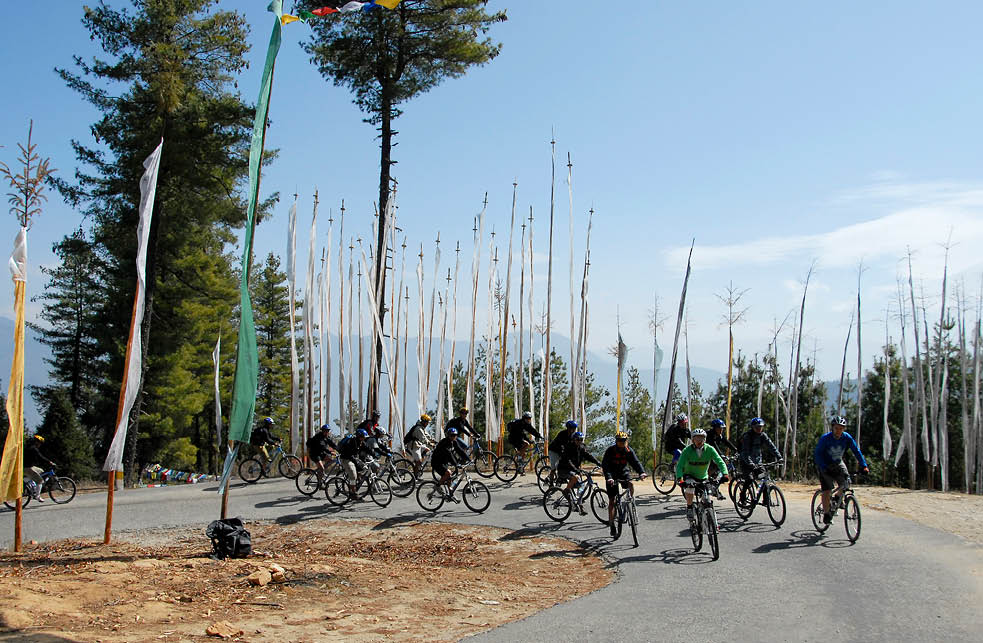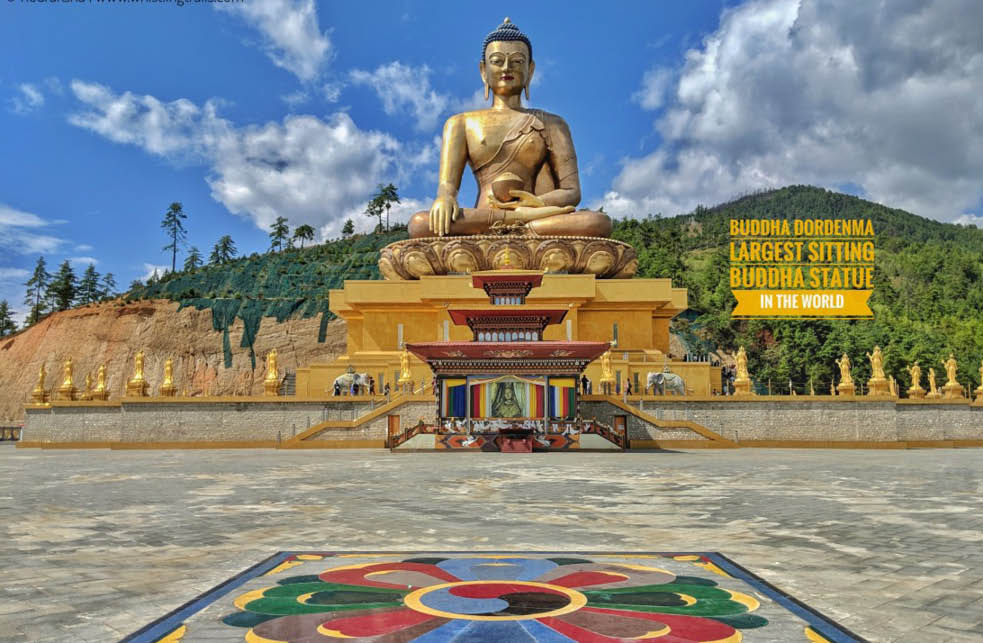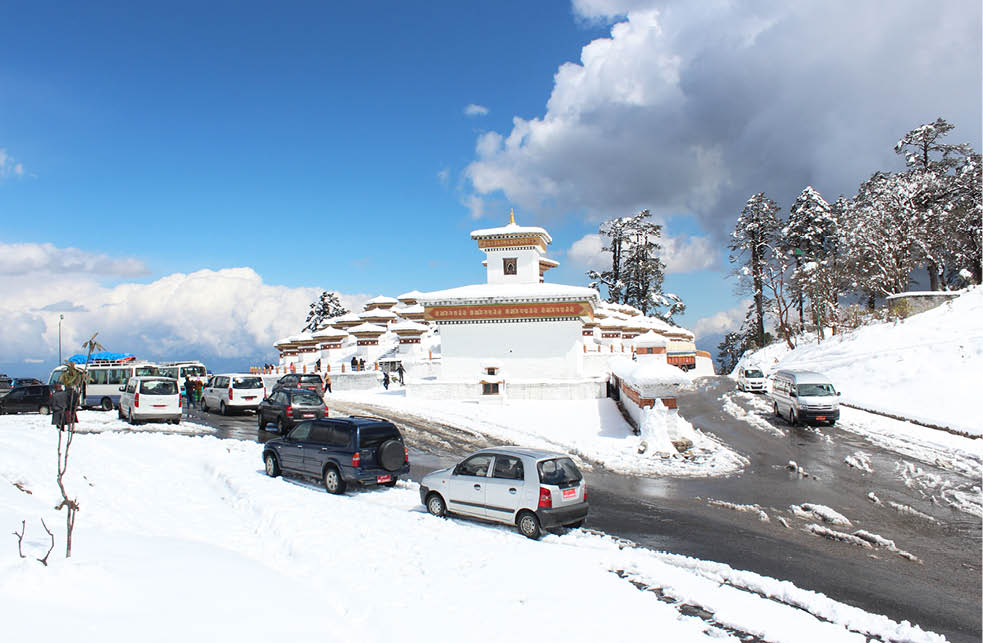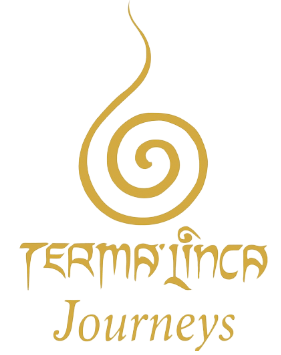


Bhutan Living Culture Tour
This cultural tour investigates the history and customs of Bhutan’s enduring culture, which continues to flourish today. This journey has been carefully designed to offer a more profound understanding of the lifestyles of Bhutan’s varied population. Situated in the western valleys, you will be fully immersed in the everyday routines of the Bhutanese people through exclusive experiences like as farmhouse tours, meetings with nomadic communities in the north, and taking part in Buddhist rites. Additionally, it includes trips to some of Bhutan’s most famous sites, such as the Ta Dzong Museum, the National Memorial Chorten, the 12th-century Changangkha Temple, the National Library in Thimphu, Bhutan’s capital, and the Punakha Dzong and Chimi Lhakang. Rimpong Dzong is known for its wooden cantilevered bridge and the infamous Taktsang Monastery, also known as the Tiger’s Nest, located in the Paro Valley.
DAY 01: ARRIVE PARO – THIMPHU
The flight to Paro is one of the most spectacular mountain flights in the world, with a constantly changing panorama of some of the highest mountains on earth. Our representative will meet you at Paro airport exit doors following customs formalities.
Following lunch, drive to the capital, Thimphu (1.5 hours) following the Pachu River. Overnight at your hotel in Thimphu.
DAY 02: THIMPHU
Begin your day with a visit the handmade paper factory. Paper has been made in the Himalayas from a long period of time, traditionally to supply the Buddhist monasteries with paper for woodblock and manuscript books. The most common and popular papers of Bhutan are made from the bark of the de-nar plant, a variety of Daphne. It is a dark woody paper fiber found only in Bhutan. Bhutanese Handmade Paper is made without environmental damage to the land.
If your visit to Thimphu coincides with the weekend, you can walk through the Thimphu Market to see the variety of food of Bhutan, including basket upon basket of fiery chillies, fresh cheese and a variety of fresh greens. In addition, many stalls contain Bhutanese handicrafts and household items. (This market is open only from Friday until mid Sunday). Later visit the Folk Heritage Museum featuringan exhibition of items and artifacts of Bhutanese villages and rural households. The museum also organizes demonstrations of rural traditions, skills, habits and customs, educational programs for children and research and documentation on rural life of Bhutan. Overnight at your hotel in Thimphu.
DAY 03: THIMPHU – PUNAKHA
Depart for Punakha, the ancient capital of Bhutan. The road takes you over Dochu-La pass (3,100m) where you will stop to walk around the 108 stupas and, if the weather is clear, enjoy an incredible view of Himalayan peaks. Before reaching Punkha, visit Royal Botanical Garden in Lamperi. The park features a variety of forest types, spectacular scenery, natural rhododendron groves, endangered wildlife and a lake. Declared over an area of 47 square kilometres, the park serves as a biological corridor connecting Jigme Dorji National Park and Jigme Singye Wangchuck National Park. Continue your drive towards Punakha through beautiful countryside offering a glimpse of everyday life in this most remote of Himalayan kingdoms. In the Dochu-La area there are vast Rhododendron forests that grow to tree size and bloom in late April/early May covering the mountains in a riot of glorious spring colour.
Check into your hotel in Punakha/ Wangduephodrang. Afterwards, visit Lhawang Tshering’s small incense making factory, the most successful and leading incense exporter in Bhutan. Incense, (poi) is one of the most essential elements in religious offerings. Its aroma, it is said, can help to soothe and calm a restless mind. Overnight at your hotel in Punakha/ Wangduephodrang.
DAY 04: PUNAKHA
Morning visit Punakha Dzong, the “Palace of Great Happiness”. It was built in 1637 by the Shabdrung, the ‘Unifier of Bhutan’ as predicted by the great Guru Rimpoche (Padmasambhava). It is situated at the confluence of the Mo Chu and Pho Chu (Mother and Father Rivers) and is the winter headquarters of the Je Khenpo and hundreds of monks who move en masse from Thimphu to this warmer location. The three story main temple of the Punakha Dzong is a breathtaking example of traditional architecture with four intricately embossed entrance pillars crafted from cypress and decorated in gold and silver. After visiting the dzong we will walk about 10 minutes to see the swing bridge built over Pho Chu river connecting people from Shengana village with Punakha Dzong. This is one of the longest suspension bridges in Bhutan constructed around 2001.
After a picnic lunch nearby the Pho Chu river, we will drive back to Lobesa and to visit a farm house. Here we will see a Traditional Bhutanese cooking and farming demonstration. Afterwards, participate in some unique Bhutanese recreational activities including Khuru, a Bhutanese dart game, Archery, The National Game of Bhutan and Degor, a throwing competition. Overnight at your hotel in Punakha/ Wangduephodrang.
DAY 05: PUNAKHA – THIMPHU
This morning we will drive back to Thimphu on the same road crossing over Dochula pass at 3150m. En route witness thousands of prayer flags on the pass. Hundreds of these flags can be seen flying atop and around homes; mountain passes hills, bridges, monasteries and temples.
Hike from Dochula and finishing at Hongtsho village with Lungchutse gomba and Trashigang gomba visit. You will start your hike from the large chorten in the middle of Dochula, the pass between Thimphu and Punakha at 3140 meters (10300 feet) above sea level. From here the trail slowly climbs a ridge through a forest of hemlock, birch and rhododendrons until reaching an open meadow. Again, you will enter into forest of moss-covered rhododendrons, gigantic hemlocks, junipers, and bamboo undergrowth. A small trail leads you the last 50 meters past a row of fluttering prayer flags up to Lungchutse temple.
A trail to the left just 150 meters below Lungchutse, leads to Trashigang village and temple. It slowly descends through spruce, rhododendron, hemlock and juniper forest. The trail leading down from the front of the temple zigzags quite steeply down the side of the mountain until reaching a farm road which takes you up to the main road. Unless you have had enough hiking for one day, you might also want to visit Hongtsho village temple on the hill side to the right on the opposite side of the road. This involves a 30 – 60 minute short hike up through the little village and back down again the same way.
Trashigang Goemba was built in 1786 by the 12th Je Khenpo. It is an important mediation centre, and houses statues of several Je Khenpos who meditated here. Hongtsho Goemba was built in 1525 by the older brother of Drukpa Kuenlay, the Divine Mad Man. It is a two story traditional Bhutanese building where the main alter room has an enormous statue of Guru Tshoki Dorji in a standing posture together with a statue of Guru Dorji Drool, Lama Ngawang Chhoegyal and Lama Drukpa Kuenley
Check into the hotel for lunch followed by a tour of the The National Library housing the collection of Bhutanese scriptures dating back to the 8th century and the Choki Traditional Art School. Evening walk in the town and enjoy tea or coffee in local café. Overnight at your hotel in Thimphu.
DAY 06: THIMPHU – PARO
Morning visit to the National Memorial Chorten, first initiated by the Third King as a protection from the negative elements of modernisation, and as a monument to world peace. The Royal Queen Mother completed it as a memorial stupa for the Third King who passed away in 1972. Continue on to 12th century Changangkha Temple and Drubthob monastery housing the Zilukha Nunnery.
Following lunch, depart for Paro. On arrival Enjoy a stroll through downtown Paro before checking into the hotel. If possible, we will arrange a story teller to entertain you with Bhutanese folktales before dinner. Overnight at your hotel in Paro.
DAY 07: PARO
After breakfast hike to Taktsang Monastery. The walk of approximately 1.5 to 2 hours uphill takes you almost a kilometre above the Paro valley floor (for those who cannot hike we will arrange a horse for transfer up to cafeteria). The view of Taktsang Monastery built on a sheer cliff face 900 metres above the valley floor is a spectacular sight. The Monastery is also an important pilgrim site for the Buddhists. According to legend, the great Guru Rimpoche and his consort are said to have meditated in a cave here for three months when he brought the teachings of the Buddhist Dharma to Bhutan in the 8th Century. After meditation, they manifested themselves in the forms of Guru Dorji Drolo and a tigress to subdue demons in the valley below. The cave, where the monastery was later built is said to be the origin of Buddhism in Bhutan. Nearby there is a teahouse where you can stop for refreshments before returning to Paro for lunch.
In the afternoon return to Paro for some sightseeing including a visit to the Ta Dzong Museum housing many religious relics, works of art and handicrafts offering a great orientation into Bhutan’s historical, cultural, and religious past. Next, visit the Rimpong Dzong to see the painting of the great saint Milarepa, considered as the master of meditation and believed to have attained enlightenment in a lifetime. Upon your return to the hotel, enjoy a traditional hot stone bath.
DAY 08: DEPART PARO
Breakfast in the hotel, then drive to the airport for flight to your onward destination.
Tashi Delek!




